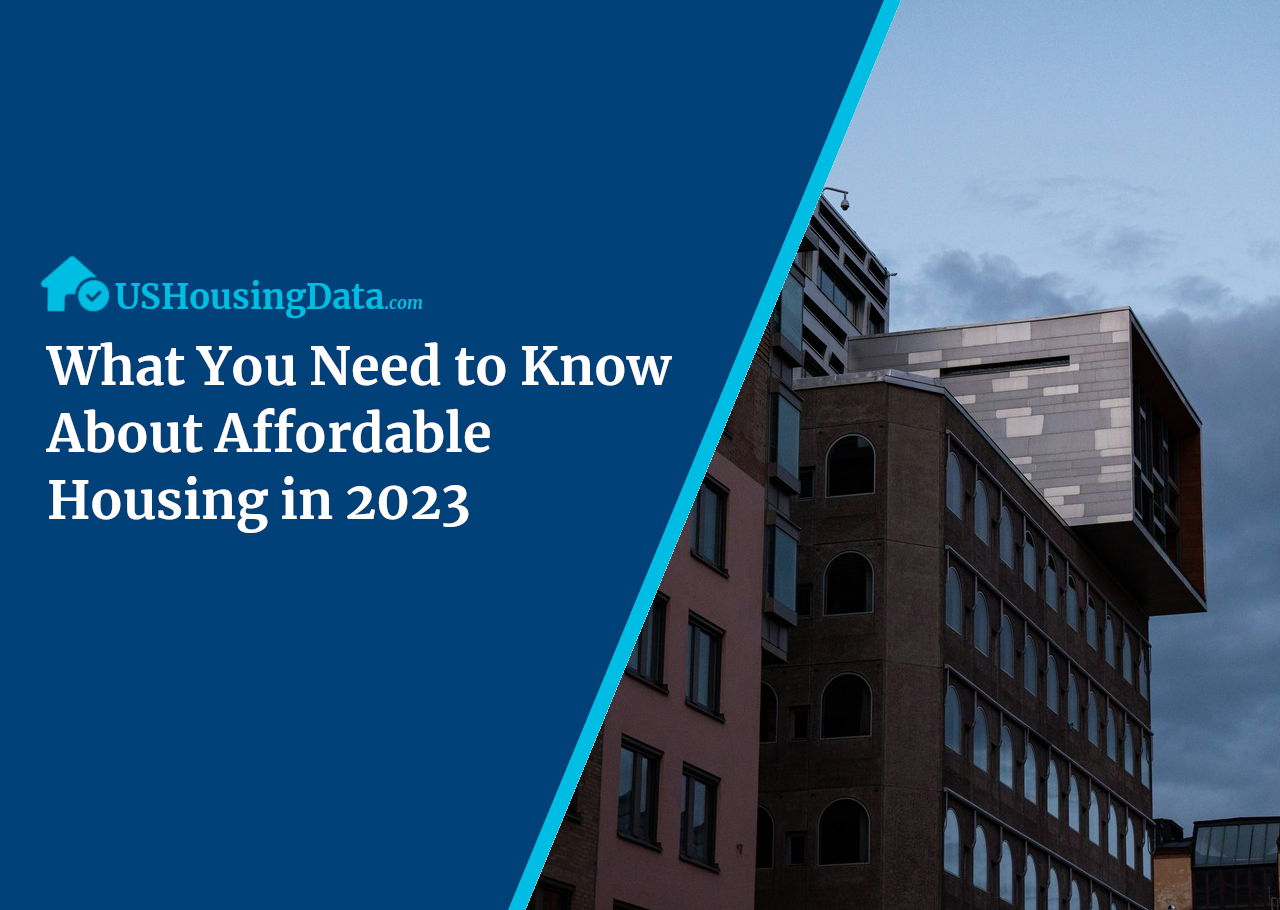
What You Need to Know About Affordable Housing in 2023
Affordable housing in the United States has become an increasingly pressing issue in recent years because so many people are struggling to find homes that they can afford. With rising rents and property prices, it’s more important than ever to understand what affordable housing is, who it’s for, and how to access it. In this article, we will examine what you need to know about affordable housing in 2023.
What Is Affordable Housing?
In the past, affordable housing was primarily associated with low-income, subsidized, or public housing. However, this definition has since broadened to encompass housing that enables homeowners to pay for their property while affording other necessities like healthcare and food. Most housing programs offered by the Department of Housing and Urban Development (HUD) aim to assist low-wage earners in achieving homeownership.
What is Public Housing?
Public housing refers to state-owned properties that are offered at affordable rates to individuals and households with qualifying low incomes. Local public housing authorities (PHA) manage the rental of these houses or apartments and those who meet the income criteria can apply to rent them.
Find Public Housing Authorities near you.
Who Qualifies for Affordable Housing?
The HUD determines who qualifies for affordable housing based on an individual or family's gross monthly income. Gross monthly income is the total amount of income a person or family brings in before deductions for taxes, social security, insurance, etc. Occupants living in affordable housing cannot exceed paying 30% of their gross income for housing costs, which includes utilities.
What is Area Median Income (AMI)?
Qualifying for affordable housing requires meeting a lower-income category, which means having a household income below 80% of the local Area Median Income (AMI). The median income is a number set at the level where half of all households have income above and half below it. The HUD sets this limit based on surveys conducted by the United States Census Bureau. Here is a breakdown of AMI by the HUD:
- Extremely low income - Below 30% of AMI
- Very low income - Below 50% of AMI
- Low income - Below 80% of AMI
- Moderate income - Between 80% and 120% of AMI
What are Vouchers for Affordable Housing?
If an individual or household meets the HUD's low to extremely low-income criteria, they may be eligible for public housing or the Housing Choice Voucher Program (Section 8). Public housing provides affordable rent to low-income families through federal aid from the HUD.
On the other hand, Section 8 housing offers rental assistance through PHA subsidized housing vouchers paid right to the renter’s landlord. The voucher pays the difference between the rental unit's fair market value and what the individual or household can afford.
However, approval for Section 8 does not guarantee immediate accommodation. Once the voucher is approved, applicants may have to wait for available spots to open up. The allocation of vouchers is often based on a lottery system, which means that the timing of when someone may receive a voucher is left to chance.
Learn more about applying for Section 8 housing assistance.
As we have seen, affordable housing is a complex issue that affects a wide range of people in different ways. While there is no one-size-fits-all solution to this problem, it’s clear that governments, businesses, and individuals all play a part in finding ways to make housing more affordable and accessible for everyone.
Alan Reed

Alan is a real estate investor based in Northeast Pennsylvania with experience renovating and operating everything from single-family rentals to strip malls and storage facilities.
April 19, 2023 (Updated April 22, 2024)
